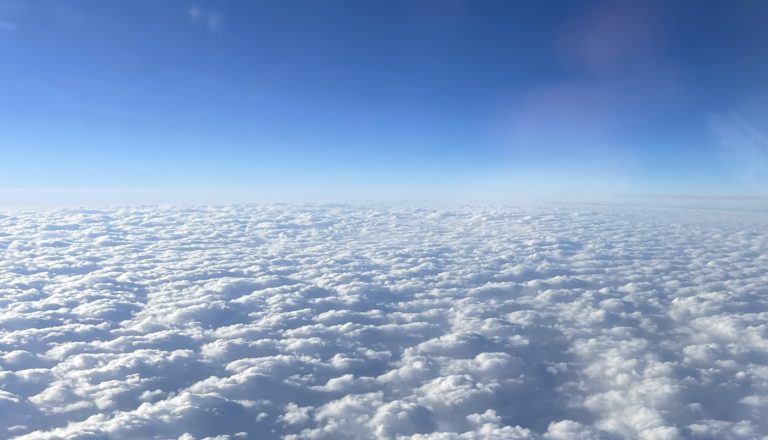Anion
Anion: In the fields of chemistry and geochemistry, an anion is a negatively charged ion. The oppositely charged ion is a cation.
Anion: In the fields of chemistry and geochemistry, an anion is a negatively charged ion. The oppositely charged ion is a cation.

Surface-Wave Magnitude “Surface-Wave Magnitude” is the magnitude of an earthquake that scientists estimate using measurements of the amplitude of surface waves.

Recurrence Interval Meaning In the field of geology, the term “Recurrence Interval” refers to the average time interval that occurs between two recorded events of seismic activity, of equal magnitude, along the same fault.

Oblique-Slip Fault Oblique-Slip Fault: In geology, an oblique-slip fault is a fault that moves parallel to the strike or dip of the fault plane.

De-Watering System in Methane Mitigation De-Watering: In accordance with the Los Angeles Department of Building and Safety (LADBS) Methane Code, Ordinance Number 175790, a de-watering system is a permanent water removal system in a methane mitigation system. In the mitigation process, a de-watering system consists of perforated horizontal pipes, gravel pockets, sump areas with pumps,…

Seismic Moment Seismic Moment: In the seismology branch of geology, seismic moment represents a measure of the size of an earthquake, depending on the area of rupture, the rigidity of the rock, and the amount of slip from faulting.

Maximum Soil Screening Levels (MSLs) Maximum Soil Screening Levels (MSLs): MSLs are a list of risk-based hydrocarbon concentrations for soil pollution evaluations, that is developed by the California Regional Water Quality Control Board. These screening levels are based on the Leaking Underground Fuel Tanks (LUFT) Manual, for cleaning up soil contamination from leaking USTs. However, MSLs…